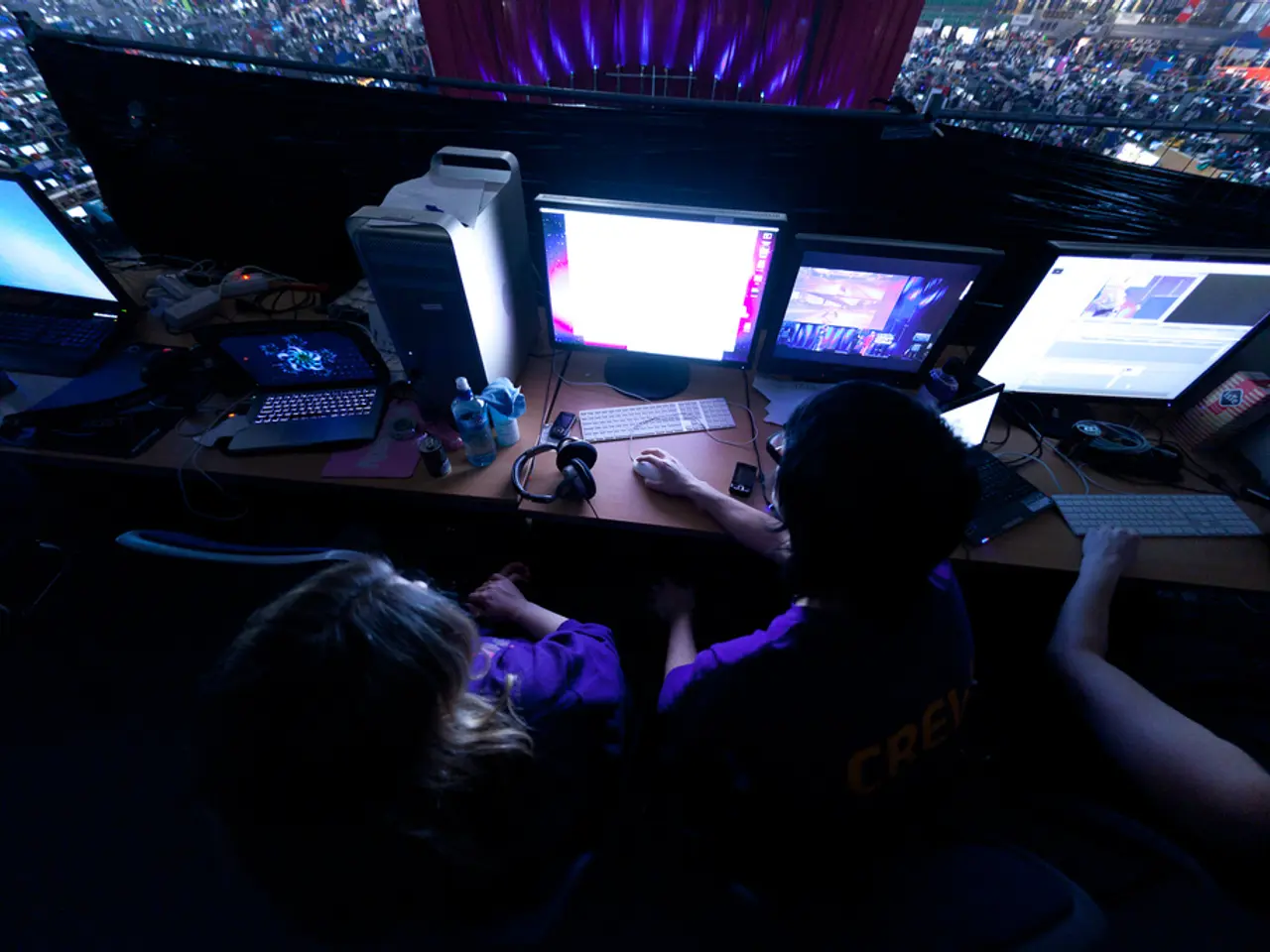Identifying Remote Workers Using Mouse Jigglers: A Guide for Employers
====================================================================================================
In the digital age, where productivity and accountability are paramount, the issue of mouse jigglers has gained significant attention. These devices or software applications, also known as mouse movers, are designed to prevent computers from going idle, bypassing inactivity detection systems such as employee monitoring software or time tracking tools.
While no specific laws make a mouse jiggler illegal to use, their use is generally considered dishonest and can lead to consequences like termination depending on company policies and the specific situation. Moreover, the use of mouse jigglers can create challenges that impact team dynamics and organizational security, as they can introduce security risks to company systems.
Detecting mouse jiggler use involves monitoring patterns that distinguish automated mouse movement from real employee activity. Time-tracking software like Time Doctor and Monitask can track mouse and keyboard activity simultaneously and flag suspicious patterns—e.g., continuous mouse movement without any typing or interactions, or no screen changes—indicating possible mouse jigglers. These tools also provide screenshots or screencasts during suspicious periods to validate actual engagement without constant micromanagement.
Key detection strategies include comparing mouse movement to keyboard inputs and other user interactions, reviewing idle time and activity discrepancies, using random screenshots or short screencasts during periods flagged as suspicious, and regularly monitoring employee activity for patterns inconsistent with real work.
To promote trust and transparency instead of relying solely on detection, it's essential to foster open communication about productivity expectations and how time is tracked. Using time-tracking tools that respect privacy by avoiding sensitive data collection and focusing on patterns rather than constant surveillance is also crucial. Encouraging outcome-based performance evaluation, providing training and discussions about ethics, and implementing fair and clear policies regarding monitoring with employee input can create a balanced approach, ensuring accountability while maintaining employee morale and transparency in the workplace.
By adopting these strategies, employers can maintain a productive and secure work environment, while employees can ensure their work ethic and long-term career prospects remain intact. It's always better to address productivity challenges by talking to supervisors and finding solutions together rather than resorting to deceitful practices like using mouse jigglers.
Sources:
- Time Doctor, “How to detect mouse jiggler activity on work devices” (2025-08-05)
- Monitask, “Cheating the Time Tracking System: What To Do If You Catch Your Employees Doing It” (2025-07-21)
- Instagram Reel about lost client trust due to mouse jigglers (2025)
- To maintain productivity and protect cybersecurity, employers can utilize technology like time-tracking software to monitor mouse and keyboard activity, detecting suspicious patterns that might indicate the use of mouse jigglers.
- In addition to time tracking, website monitoring and activity monitoring tools can also be used to provide a comprehensive view of an employee's work habits, ensuring that productivity and accountability are met.
- Embracing education and self-development, employees are encouraged to understand the importance of honesty and maintain personal growth by avoiding the use of mouse jigglers, as their use can lead to consequences and damage team dynamics and organizational security.
- To foster a balanced approach towards productivity, employers should implement open communication, respect privacy, encourage outcome-based performance evaluation, and create fair and clear monitoring policies with employee input—promoting transparency and maintaining employee morale in the digital age.




